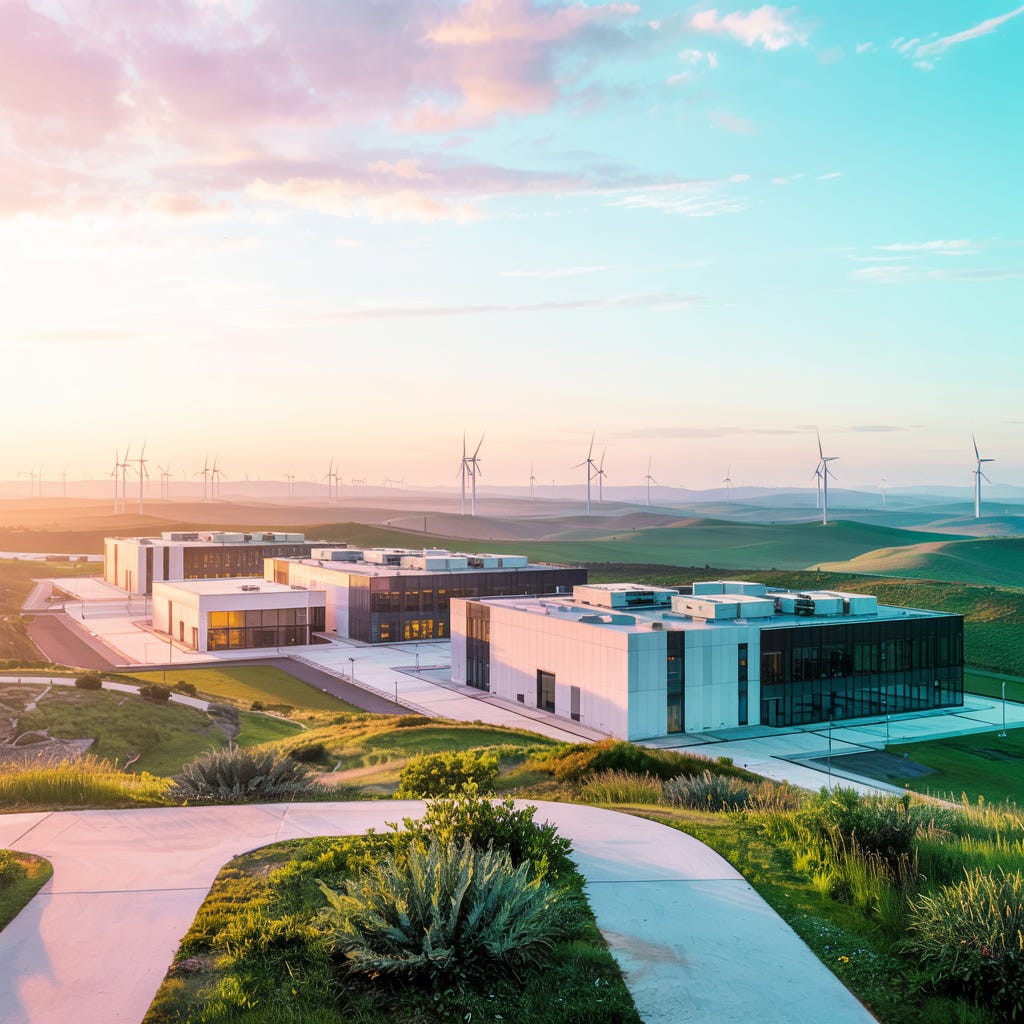Q3 2025: The Quarter AI Infrastructure Went Sovereign
Welcome to Global Data Center Hub. Join investors, operators, and innovators reading to stay ahead of the latest trends in the data center sector in developed and emerging markets globally.
AI didn’t just expand its reach in 2025, it became a matter of statecraft.
In the third quarter, data centers transitioned from private utilities to instruments of national power.
Sovereign funds, hyperscalers, and capital markets collided in a trillion-dollar acceleration of AI infrastructure. Governments moved from observers to architects.
Energy security became the new compute advantage. Financing turned industrial, blending sovereign wealth, private credit, and public mandates into one global system of deployment.
We saw:
$650B+ in AI and data center CapEx announced across ~150 projects
Sovereign AI zones launched in the UK, India, Saudi Arabia, and Indonesia
Alliances between hyperscalers and advanced-energy firms (Fermi, Helion, Oklo)
Private credit surpassing $80B in loans, ABS issuances, and continuation vehicles
Europe’s resurgence through gigafactory-scale campuses in Spain, Germany, and the Nordics
Latin America tripling pipeline capacity within a year
Governments linking compute to grids through new AI power roadmaps
Q3 2025 wasn’t just an active quarter it was the inflection point when compute became sovereignty itself.
Here’s What’s Inside
Top 15 global announcements — From OpenAI’s Stargate expansion to the UK’s AI zones and BorderPlex’s $165B mega-campus, the definitive map of the new AI infrastructure order.
5 structural trends — Sovereignty as scale, energy as advantage, private capital going vertical, emerging markets going hyperscale, and the return of industrial policy.
5 strategic opportunities — Sovereign co-investment, green AI factories, power as an asset class, AI infrastructure REITs, and regional diversification.
5 structural risks — Grid strain, capital compression, technology obsolescence, environmental backlash, and geopolitical fragmentation.
Q3 2025 marked the quarter when power, capital, and policy fused turning data centers into the new instruments of national ambition.
Top 15 Global Announcements (Q3 2025)
Below are the some of the most consequential strategic developments that defined the global data center and AI infrastructure landscape in Q3 2025, ranked by capital scale, geopolitical significance, and long-term market impact.
Keep reading with a 7-day free trial
Subscribe to Global Data Center Hub to keep reading this post and get 7 days of free access to the full post archives.

